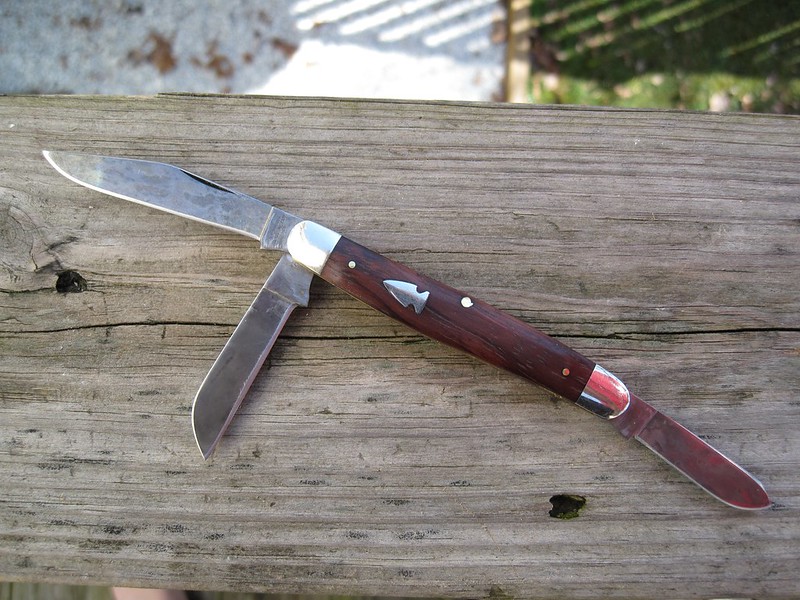Hotshot10
Gold Member
- Joined
- Dec 23, 2012
- Messages
- 347
I'm a relative newcomer to the world of knives, so I am reading and learning as I go. Excuse my ignorance, please.
I recently purchased a Mora Companion with a carbon steel blade to compare it to my Companion in stainless. It had a few spots of patina on it already, and I used some baking soda to remove those. From what I have read, development of a patina is really common. Accordingly, I have some questions. Feel free to answer some or all of them.
From what I've read, a patina on carbon steel won't affect the cutting performance of the blade. Is that accurate?
From what I've read, it is possible to oil the blade to keep it from developing a patina. Is that worth the effort? What happens to the oil as I use the knife? (i.e. does it need reapplication as soon as I use the blade?) Any suggestions on oils?
I've seen some videos about forcing a patina on a new blade. Should I try that?
Thank you in advance for your help.
P.S. I posted this in maintenance because I thought it was most relevant here. Mods, feel free to move if I am wrong.
I recently purchased a Mora Companion with a carbon steel blade to compare it to my Companion in stainless. It had a few spots of patina on it already, and I used some baking soda to remove those. From what I have read, development of a patina is really common. Accordingly, I have some questions. Feel free to answer some or all of them.
From what I've read, a patina on carbon steel won't affect the cutting performance of the blade. Is that accurate?
From what I've read, it is possible to oil the blade to keep it from developing a patina. Is that worth the effort? What happens to the oil as I use the knife? (i.e. does it need reapplication as soon as I use the blade?) Any suggestions on oils?
I've seen some videos about forcing a patina on a new blade. Should I try that?
Thank you in advance for your help.
P.S. I posted this in maintenance because I thought it was most relevant here. Mods, feel free to move if I am wrong.



